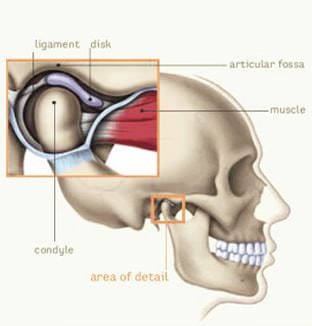TMJ and Facial Pain

The temporomandibular joint (TMJ) is a small joint located in front of the ear where the skull and lower jaw meet. It permits the lower jaw to move and function.
Temporomandibular Joint (TMJ) disorders are not uncommon. Individuals with a TMJ disorder may experience a variety of symptoms, such as earaches, headaches and limited ability to open their mouth.
When symptoms of TMJ trouble appear, consult an oral and maxillofacial surgeon (OMS). A specialist in the areas of the mouth, teeth and jaws, your OMS is in a good position to correctly diagnose the problem. Diagnosing TMJ disorders can be complex and may require different diagnostic procedures. Special imaging studies of the joints may be ordered and appropriate referral to other dental or medical specialists or a physical therapist may be made.
Treatment
Treatment may range from conservative dental and medical care to complex surgery. Depending on the diagnosis, treatment may include short-term non-steroidal anti-inflammatory drugs for pain and muscle relaxation, bite plate or splint therapy, and even stress management counseling. If non-surgical treatment is unsuccessful or if there is clear joint damage, surgery may be indicated. Surgery can involve either arthroscopy (the method identical to the orthopaedic procedures used to inspect and treat larger joints such as the knee) or repair of damaged tissue by a direct surgical approach.
Once TMJ disorders are correctly diagnosed, your OMS can provide appropriate treatment to relieve the problem.
The information provided here is not intended as a substitute for professional medical advice, diagnosis, or treatment. It is provided to help you communicate effectively when you seek the advice of your oral and maxillofacial surgeon.
Article Courtesy of AAOMS, https://myoms.org/
All procedures performed at Pottstown Oral Surgery can be done under general or local anesthesia. Click here to learn more about us.